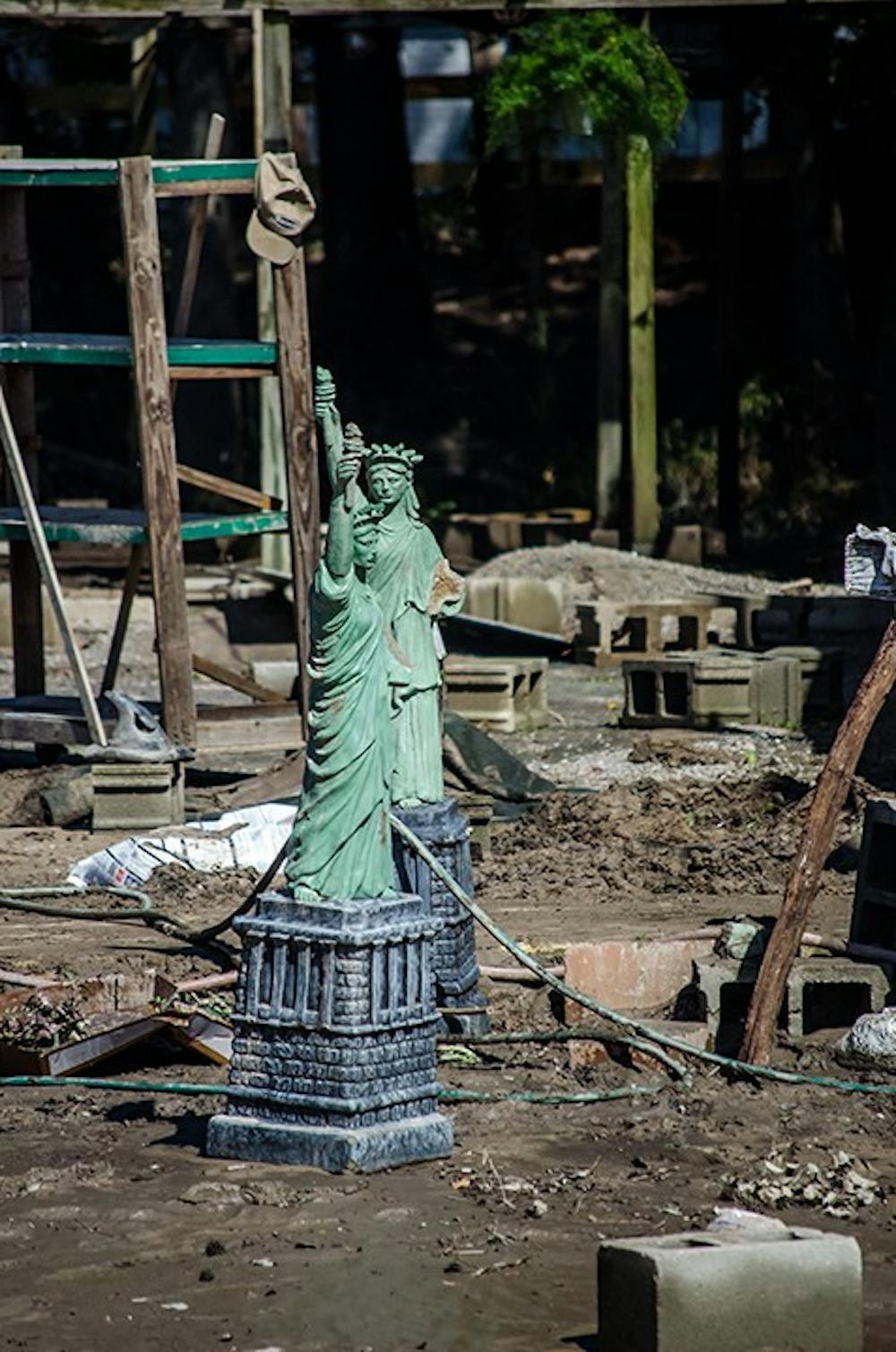Late at night, on Oct. 3, the rain began to fall. For days, it never stopped. For days, we wondered aloud when the sky might break. For days, I listened to the water rush outside of my window, terrified by the destruction that was unfolding around me. We were not prepared for this. We were not even close.
Weeks later, now that the waters have receded and things have returned to something resembling normalcy, we as a state have surveyed the damage around us. Yet while many are dismayed by the present condition of things, by the biblical destruction that rained down upon our state, I can only be angry. It shouldn’t be this bad. We could have prepared for this. At least, better than we did.
Now, some might say that I am being unreasonable. After all, how could the state government have possibly predicted a one-in-a-thousand-year weather anomaly? But, you see, that is exactly the point. It is the role of the state to hope for the best, yet to prepare for the worst. It is the role of the state to protect its citizens' welfare, to ensure our most basic safety. We agree to live under the rule of a government because it is in our best interest to do so. We are safe. A government can build bridges, train a police force and provide a stable and clean supply of water. In the aftermath of the flooding, I am left with the conclusion that our state government has failed us.
Even before the rains began, the infrastructure of South Carolina was terrible. This is not only a widely held opinion but also a general statement of fact. Prior to the flooding, over 20 percent of the 8,300 bridges in our state were rated as structurally deficient or structurally obsolete. It is well known that if you drive too fast too often on South Carolina roads, chances are you’re going to need to get your car re-aligned. The state pulls all of its revenue for road repair from our state gas tax, and the tax hasn’t been raised since 1987, even as our state has grown substantially in size. Of the 200 dams in South Carolina that pose a significant threat to life and property if breached, 11 have failed. South Carolina spends less than $200,000 a year on dam maintenance and safety.
Water is a different story entirely. Anyone who stayed in Columbia during the flooding came face to face with the city’s breathtakingly outdated water supply. For years, the City of Columbia has been diverting water system profits for various economic development programs, even after the Environmental Protection Agency ordered a $700 million revamp of the ancient system. Now we have sandbags plugging a massive hole in the Columbia Canal.
That last one hurts me the most. Even after our government was explicitly told that certain areas of the state’s infrastructure could not withstand any significant outside pressure, it still did nothing. Officials looked to the sky and expected the sunny days to continue.
Now, the bills have come due, and whether our skinflint government likes it our not, it will be forced to foot the bill for rebuilding the infrastructure it let crumble under our feet, a bill that could exceed a billion dollars when all is said and done.
Do not expect any substantial federal assistance, either. In the aftermath of Hurricane Sandy, five of the six South Carolina Representatives in the House voted against a federal aid package to relieve the devastated Northeast.
Ironic, isn’t it?

